4 Foolproof Pelvic Floor Strengthening Exercises for Women
When you strengthen your pelvic floor muscles, you gain benefits like better bladder control, decreased pelvic pain, and more pleasurable sex. Try these 4 simple exercises.
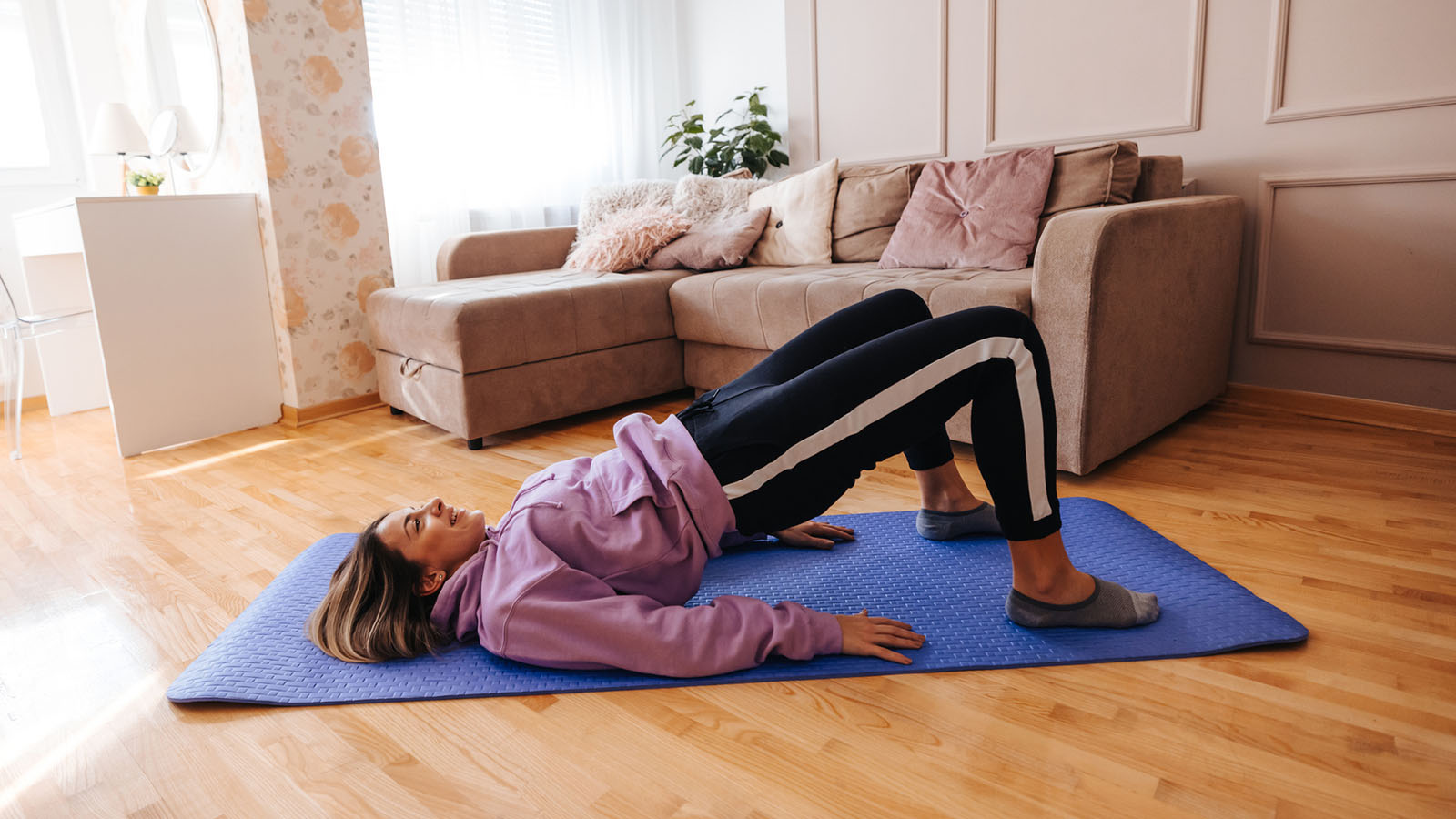
By Michelle Peshick, PT, MPT, PRPC, CAPP-P, CLT, Physical Therapist, Pelvic Rehab Specialist, Certified Lymphedema Therapist, Virtua Physical Therapy & Rehabilitation
You do bicep curls. Squats for your quads and glutes. And then add in planks for a full-body benefit. These exercises are great for increasing your strength, building bones, and toning your major muscle groups.
But, there’s also a group of muscles deep in your groin that make up your pelvic floor. And when you strengthen your pelvic floor muscles, the benefits go beyond anything you can see with your eyes. We’re talking about the stuff you only talk about with your best friends, like better bladder and bowel control, decreased pelvic pain, and more pleasurable sex.
With these four simple exercises, you can build a strong pelvic floor and core (abs, back, hips) that carry and support you throughout life. And you don’t need to be dripping in sweat by the end for the exercises to be effective.
Try these pelvic floor strengthening exercises
Walking
Walking is inexpensive, effective, and easy—you just need to lace up your sneakers and put one foot in front of the other. Walking strengthens and tones all the muscles that support your pelvic floor, including your glutes (butt muscles), legs, and core.
Bridges
A bridge is a simple exercise that strengthens your glutes and core.
- Lie on your back with your knees bent.
- Lift your bottom, keeping your shoulders and feet planted on the floor.
- Tighten/squeeze your butt muscles as you lift to a count of 3.
- Lower your bottom to a count of 3 and repeat.
- Do 2 sets of 10 repetitions.
Knee squeezes
Knee squeezes strengthen your pelvic floor by isolating and contracting the muscles that support it. You can do this exercise lying down with your knees bent or sitting in a chair.
- Place a small ball or pillow between your knees.
- Squeeze the ball/pillow for 5 – 10 seconds and release.
- Do 2 sets of 10 repetitions.
Kegel exercises
Kegel exercises are the gold standard for strengthening your pelvic floor. This exercise was named for gynecologist Dr. Arnold Kegel, who invented it as a non-surgical treatment for pelvic organ prolapse and urinary incontinence. Kegel exercises are effective but must be done correctly for you to reap the benefits:
- Sit in a chair with your feet flat on the floor.
- Imagine there’s a penny on the seat under your bottom.
- Now, imagine picking up that penny by tightening and lifting the muscles at the opening of your vagina or anus (it’s an “up and in” feeling). Hold for 3 seconds.
- Do 2 sets of 10 repetitions.
For the best results, you have to isolate the pelvic floor muscles when you do a Kegel and avoid flexing your glutes and core.
What to do if you’re experiencing pelvic floor issues like urinary incontinence
Talk to your OB/GYN or primary care provider if you think you’re experiencing a pelvic floor disorder. If medication, lifestyle, and behavior changes don’t control your symptoms, your provider may recommend physical therapy, which uses specific, highly targeted exercises to strengthen your pelvic floor.
Your physical therapist also may work with you on behavioral approaches, such as bladder retraining and pelvic floor biofeedback.
Get expert pelvic floor treatment at Virtua
- Female pelvic health care at Virtua
- Request an appointment with a Virtua pelvic medicine specialist, or call 856-372-1744
There's So Much More to Explore
Discover expert insights, inspiring stories, health tips, and more by exploring the content below!

COVID-19 Vaccines and Pregnancy: FAQs

Don't Drink Alcohol? You Could Still Get Fatty Liver Disease

What Is the Difference Between Palliative Care and Hospice Care?

How to Exercise Safely with Asthma: Tips, Triggers, and Rescue Inhaler Use

How to Relieve Bloating Fast: Simple Tips for Quick Comfort

How to Tell the Difference Between Cold, Flu, and COVID-19

Jill Travels From Delaware to South Jersey for Advanced Lung Care

4 Exercise Tips to Help You Reverse High Blood Pressure

From Exhaustion to Empowerment: Tracy's Hormone Replacement Therapy Success Story

Why on Earth Am I Always So Cold?

Timely Heart Care During a Heart Attack Helps Joe Feed the Community

Allegra Is Thriving With Crohn's Disease

The Best and Worst Foods for Acid Reflux

How to Manage IBS Symptoms and Feel in Control Again

5 Types of Lung Disease: Symptoms, Causes, and Prevention Tips

Foods to Enjoy and Avoid for GLP-1 Heartburn

Sexual Health FAQs: The Questions Everyone’s Too Embarrassed to Ask

3 Reasons Why Now's the Time to Find Relief From Varicose Veins

Baseball Coach Turns Male Breast Cancer Surprise into Personal Mission

The Brain Health Checklist: 11 Questions Everyone Should Ask

From Caregiver to Patient: Robotic Surgery Relieves Teresa's Knee Pain

How to Get and Stay Healthy This Fall

How to Reverse Prediabetes and Prevent Type 2 Diabetes

Young Breast-Cancer Survivor Has New Hope for Healthy Future

HeartTalk Magazine
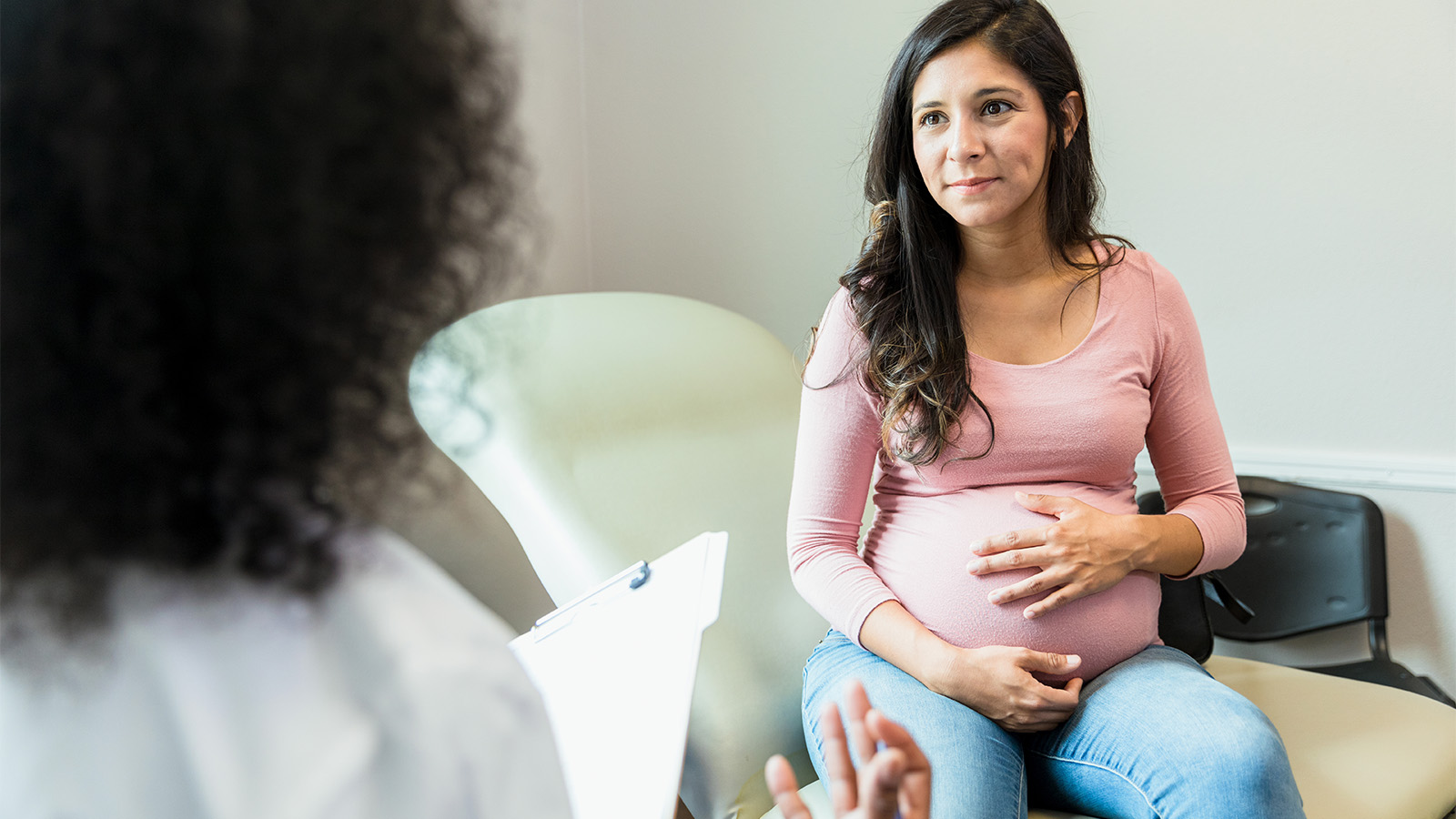
What To Know About Vaginal Discharge During Pregnancy

Is Cancer Hereditary? What You Need to Know About Your Genetic Risks

Tara's Story: From Debilitating Uterine Fibroid Pain to a Half-Marathon Medal

Is Your Post-Pregnancy Belly Bulge a Sign of Diastasis Recti?

Your Guide to Mammograms: When to Get Screened and What to Know

Prevent Yard Work Injuries: Tips for Mowing, Gardening, and Raking

Healthy Weight Gain During Pregnancy: A Guide for Moms-to-Be

IBS and Alcohol: Can You Still Enjoy a Drink?

Focus on Mental Health Is Key Part of Andrew's Weight-Loss Journey

What You Need to Know About Epilepsy

'Feeling Joy Again': ECT Brain Stimulation Therapy Restores Ashley's Well-Being

Not Just for Wrinkles: Botox Injections Promote Improved Bladder Control

Caring Maternity Team Transforms Harley's Pregnancy Crisis Into Lasting Memories

Robotic Hysterectomy, Trusted Care Help Bobbi Shine Again

How to Stay Cool and Prevent Heat Illness All Summer Long

What Happens to Your Body When You Don't Get Enough Sleep?
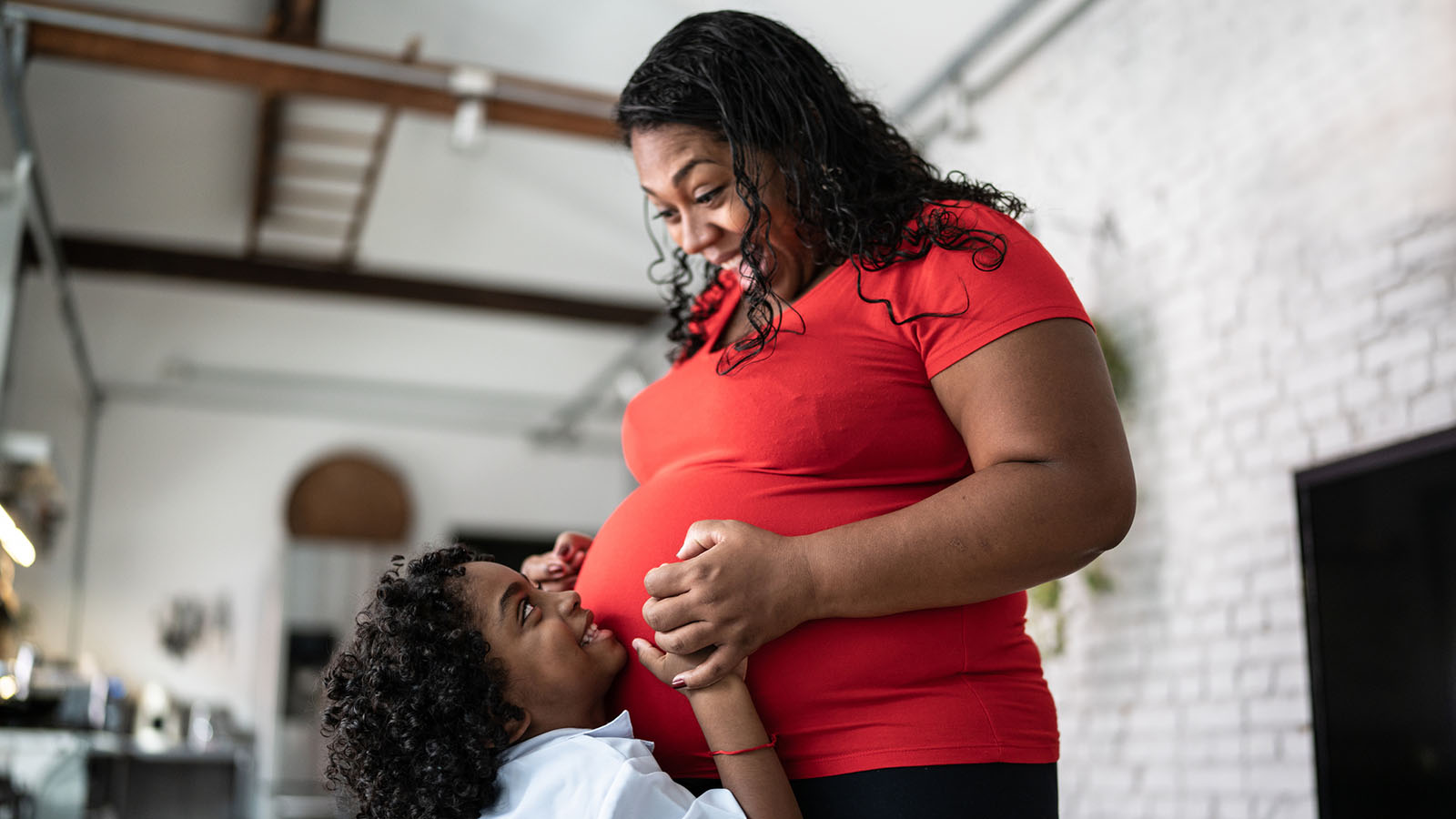
How to Have a Healthy Pregnancy if You're Overweight

4 Surprising Health Truths You Should Know

Is Low Sex Drive Normal? Revealing the Complex Causes of Low Libido in Women

CABG Surgery: What Women Should Know About Heart Health and Healing
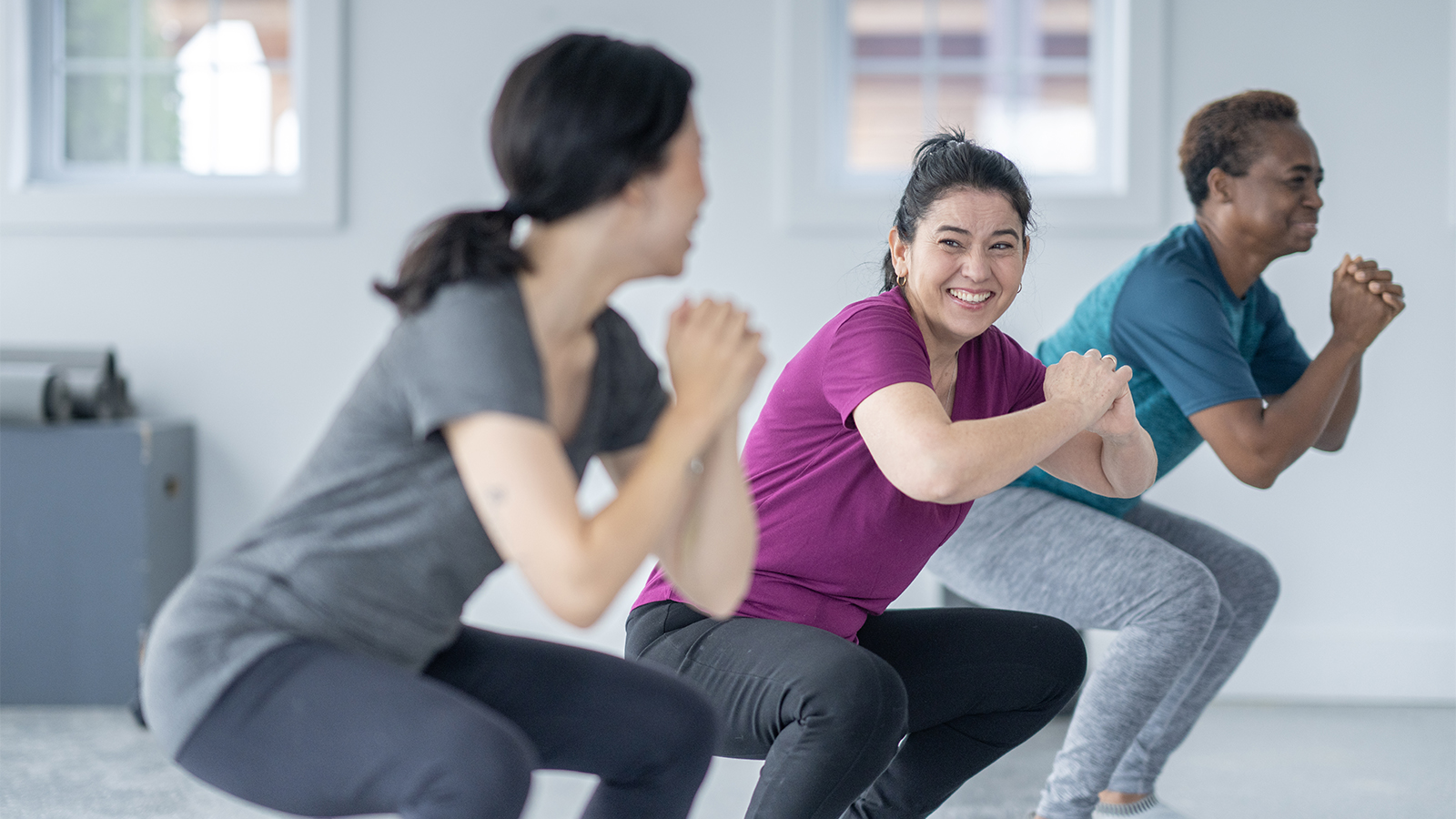
Stress Incontinence vs. Urge Incontinence: What's the Difference?

5 Key Facts About Proton Therapy for Cancer Treatment

Mood Swings vs. Mood Disorders: Know the Signs and Get Help
Are emotional ups and downs disrupting daily life? Learn common signs of mood disorders, and when to talk to a doctor about diagnosis and treatment options.

4 Foolproof Pelvic Floor Strengthening Exercises for Women
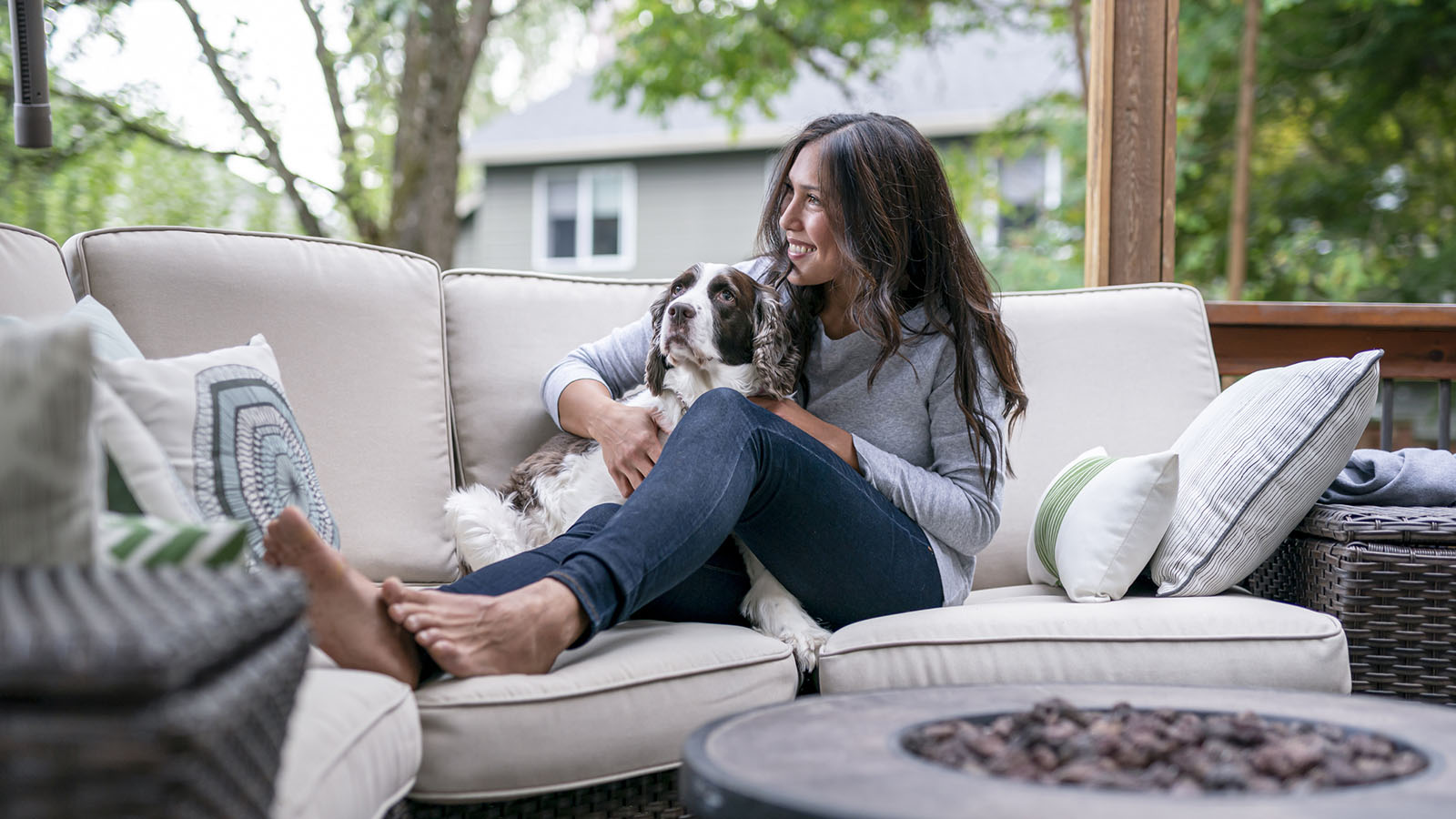
What to Expect During Perimenopause

Protect Yourself From Tick Bites and Lyme Disease
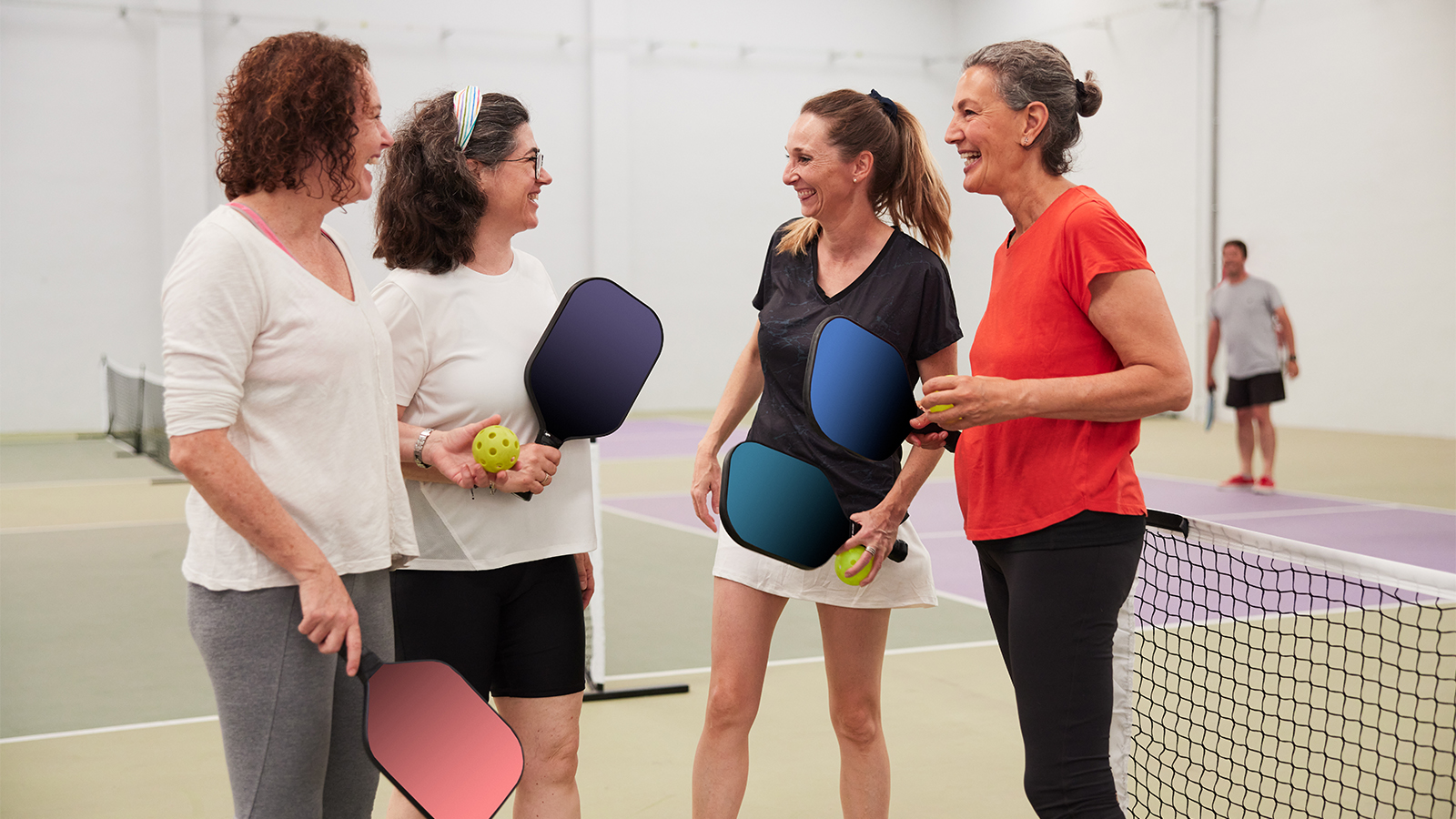
4 Ways to Stay Fit and Healthy on a Budget

6 Tips to Tame Your Spring Allergies

Do You Know the Signs and Symptoms of Uterine Fibroids?

How Are Uterine Fibroids Treated?

Can I Have Sex After a Hysterectomy?

What to Expect From a Robotic Hysterectomy

When You Need A Hysterectomy Know Your Options

Take Control of Incontinence, Prolapse, and Other Pelvic Floor Disorders
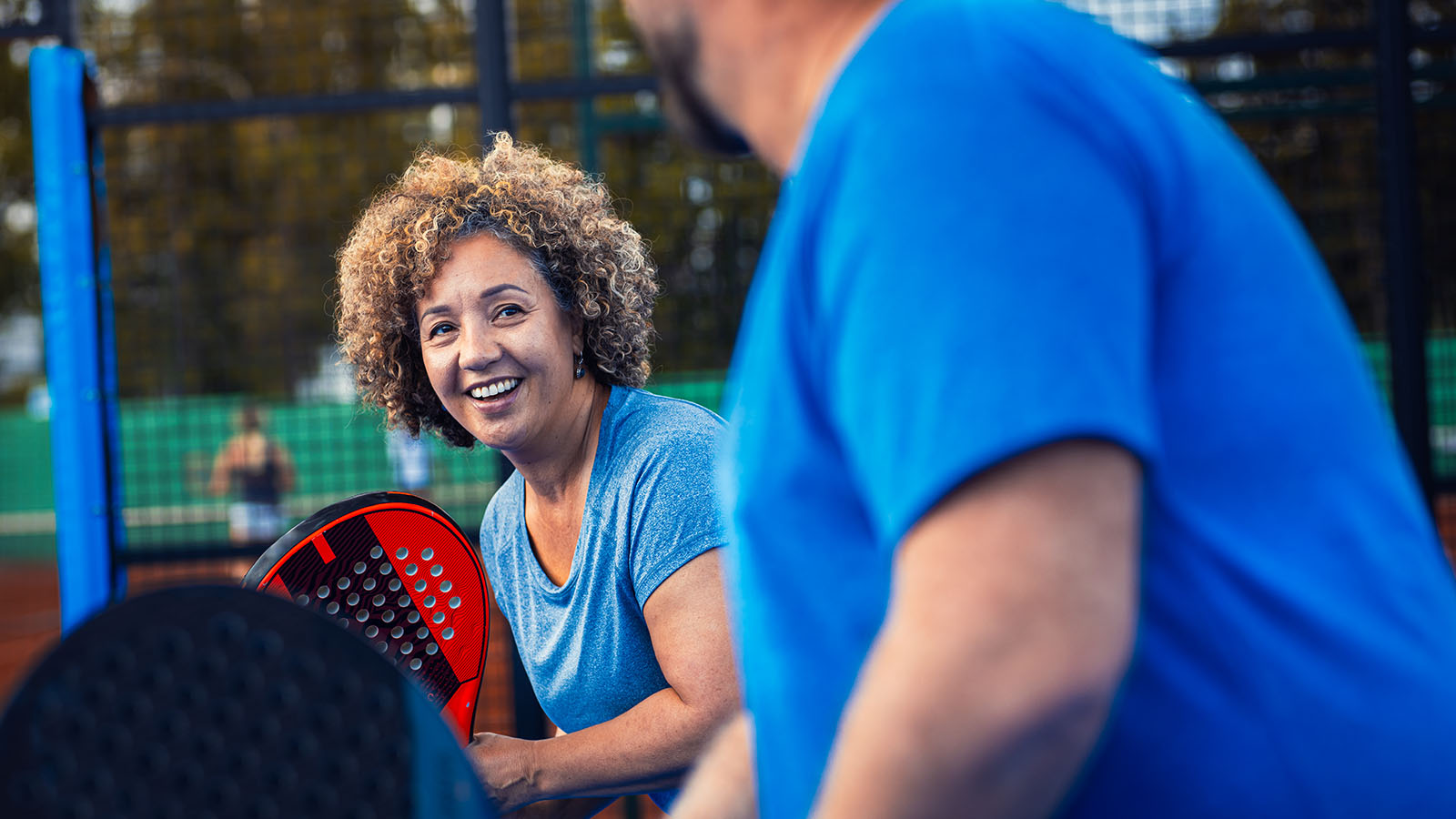
How Can I Prevent Bone Loss and Osteoporosis?

Is an At-Home Colon Cancer Test a Good Alternative to a Colonoscopy?

How Do You Manage the Side Effects of Weight-Loss Medications?

A Woman’s Four-Step Guide to Fight Back on Back Pain
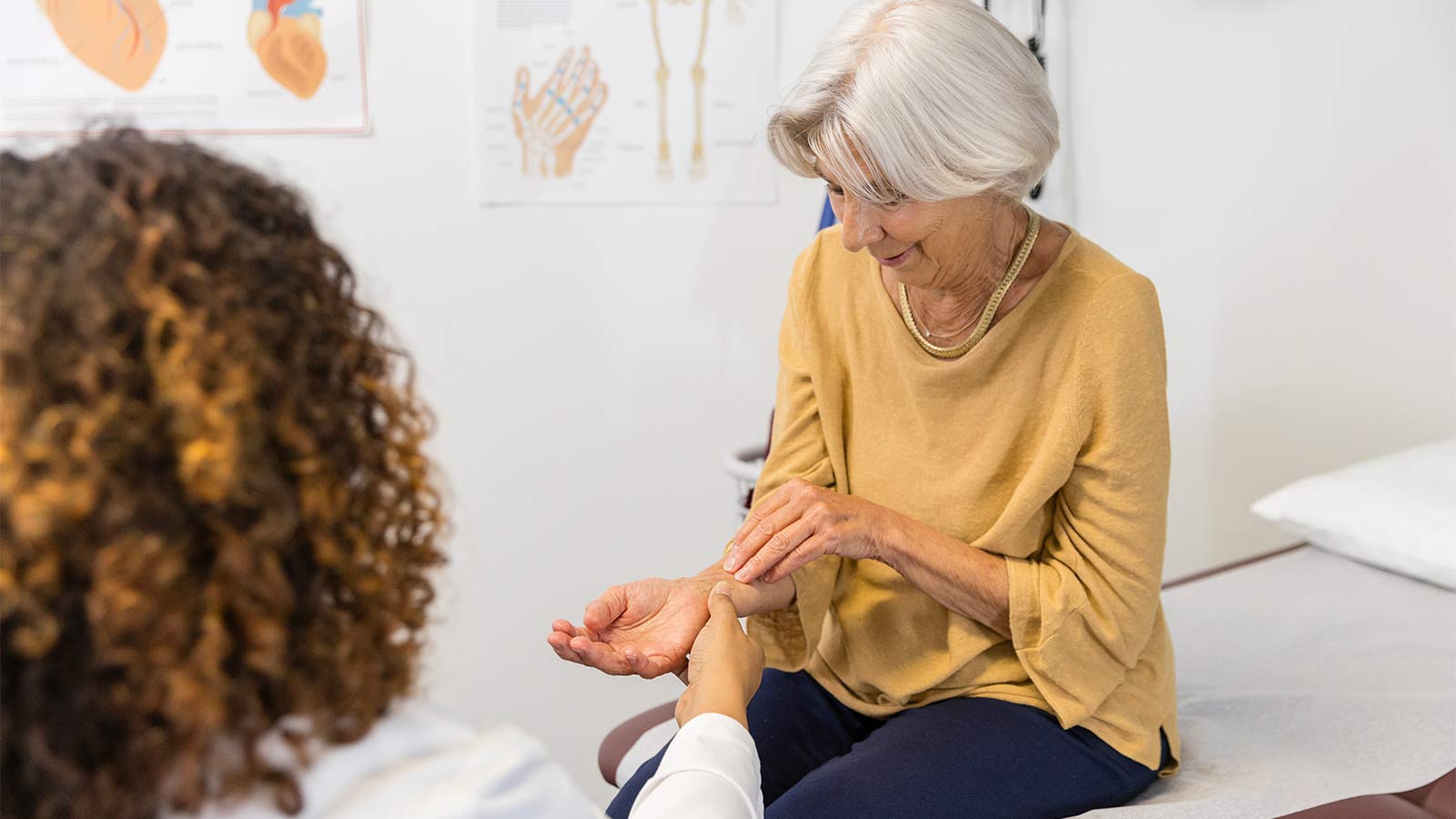
What You Need To Know About Carpal Tunnel Syndrome

The Truth About Menopause, Weight Gain, and Belly Fat

Shedding Light on Lesser-Known Menopause Symptoms and Solutions

Debunking The Myths About Vaginal Dryness
Inside Look at Blood Vessels Aids PAD Treatment
Denise Davis: Pay Attention to Your Heart Health

What You Need To Know About Stroke Treatment

10 Smart Ways to Manage Your Diabetes
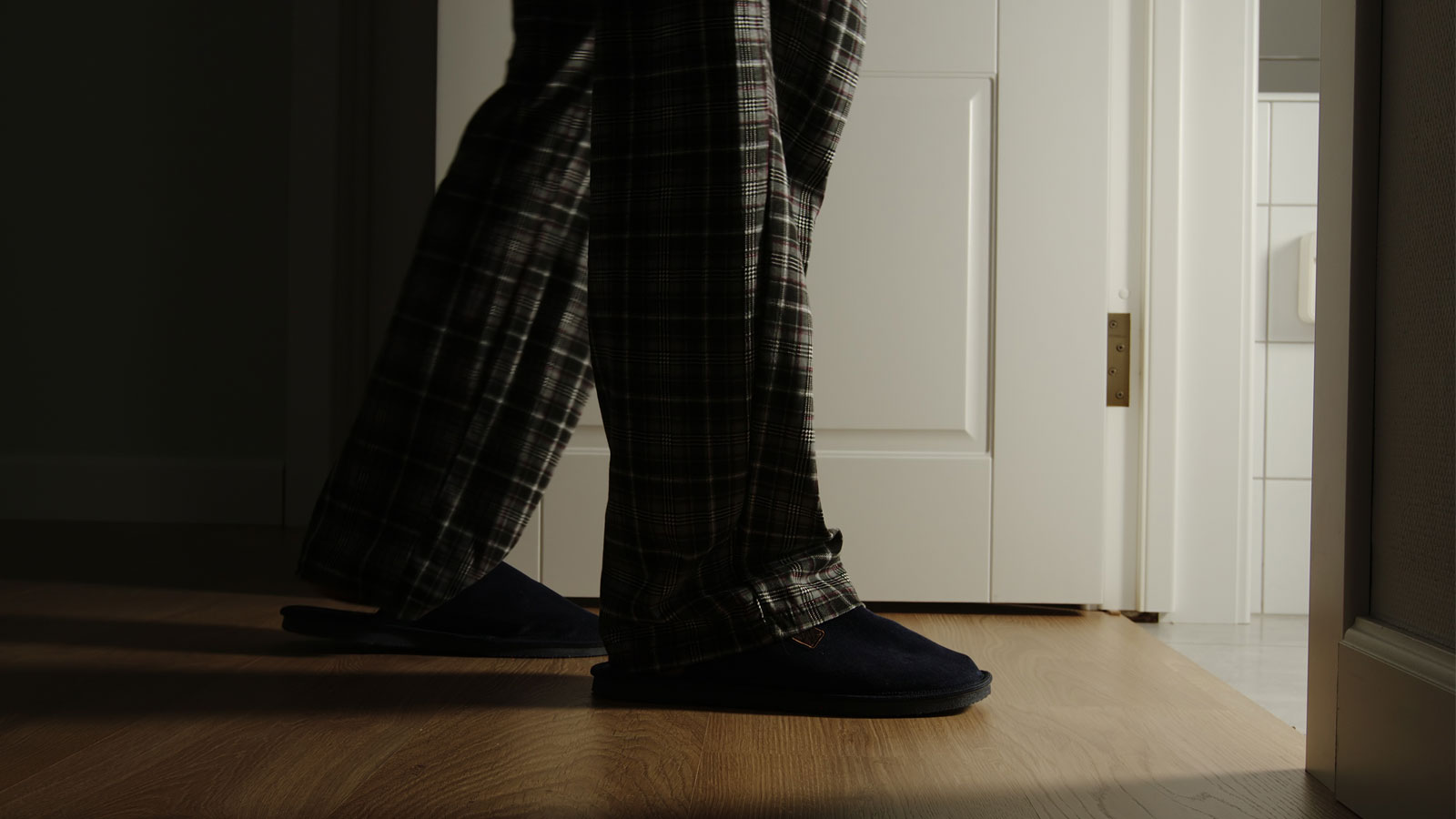
Signs You May Have Chronic Kidney Disease

5 Essential Winter Foot Care Tips When You Have Diabetes

Sweet Music: Trust, Teamwork Save Justin from Heart Attack

Advanced Minimally Invasive GYN Surgery Puts You at the Center of Care

Complex Heart Surgery Nets James a Lifelong Friend
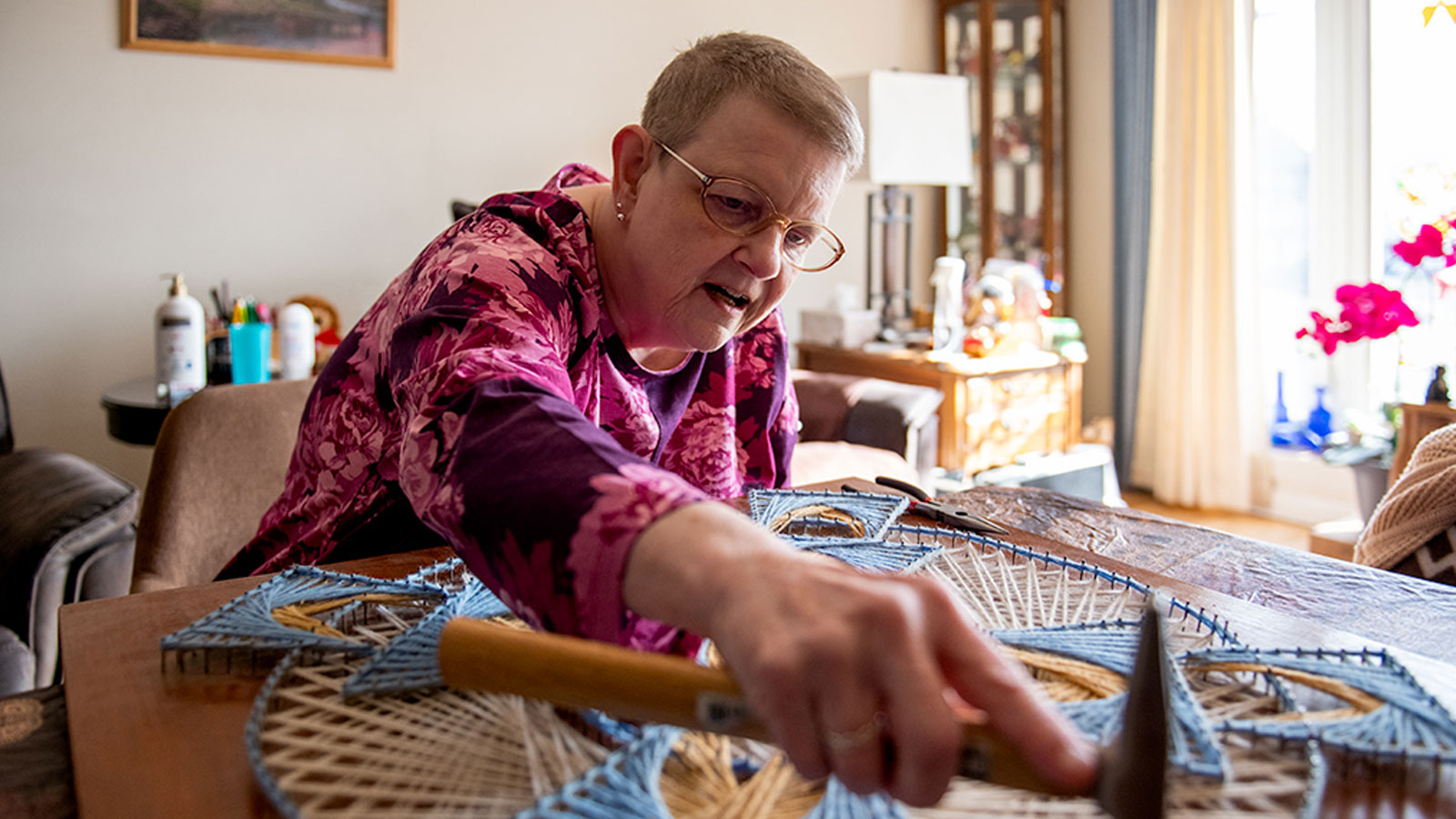
Hepatitis C Kidney Transplant a Blessing For Lee Manns

7 Reasons Why You Want Your Surgeon to Be an Expert in Robotics

Colitis Symptoms Under Control, Jennifer Is ‘Living My Best Life’

How Do I Care for a Wound that Won't Heal?

Be Fast and Spot the Signs of Stroke

Surprising Symptoms May Signal Stroke In Women
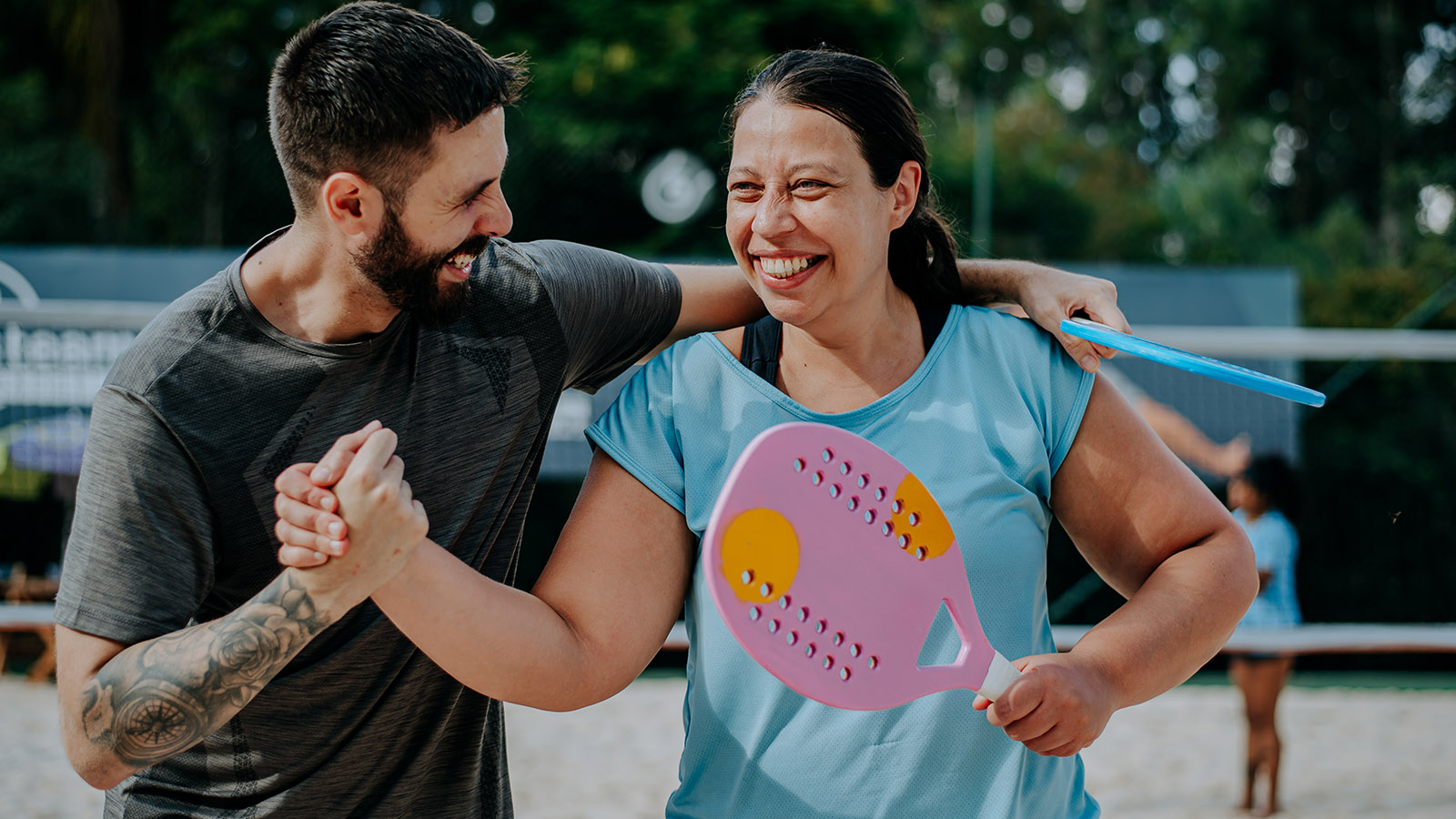
Five Back Pain Risk Factors That You Should Know

Is My Back Pain Normal, or Is It Spinal Stenosis?

Robotic Hernia Surgery Combines Innovative Techniques With Faster Recovery Times

The HPV Vaccine: A Powerful Shield Against Cervical Cancer

How Does Breast Density Affect Your Mammogram?

Menopause: New Insights Into the Power of Hormone Replacement Therapy

How to Prevent and Treat Urinary Tract Infections
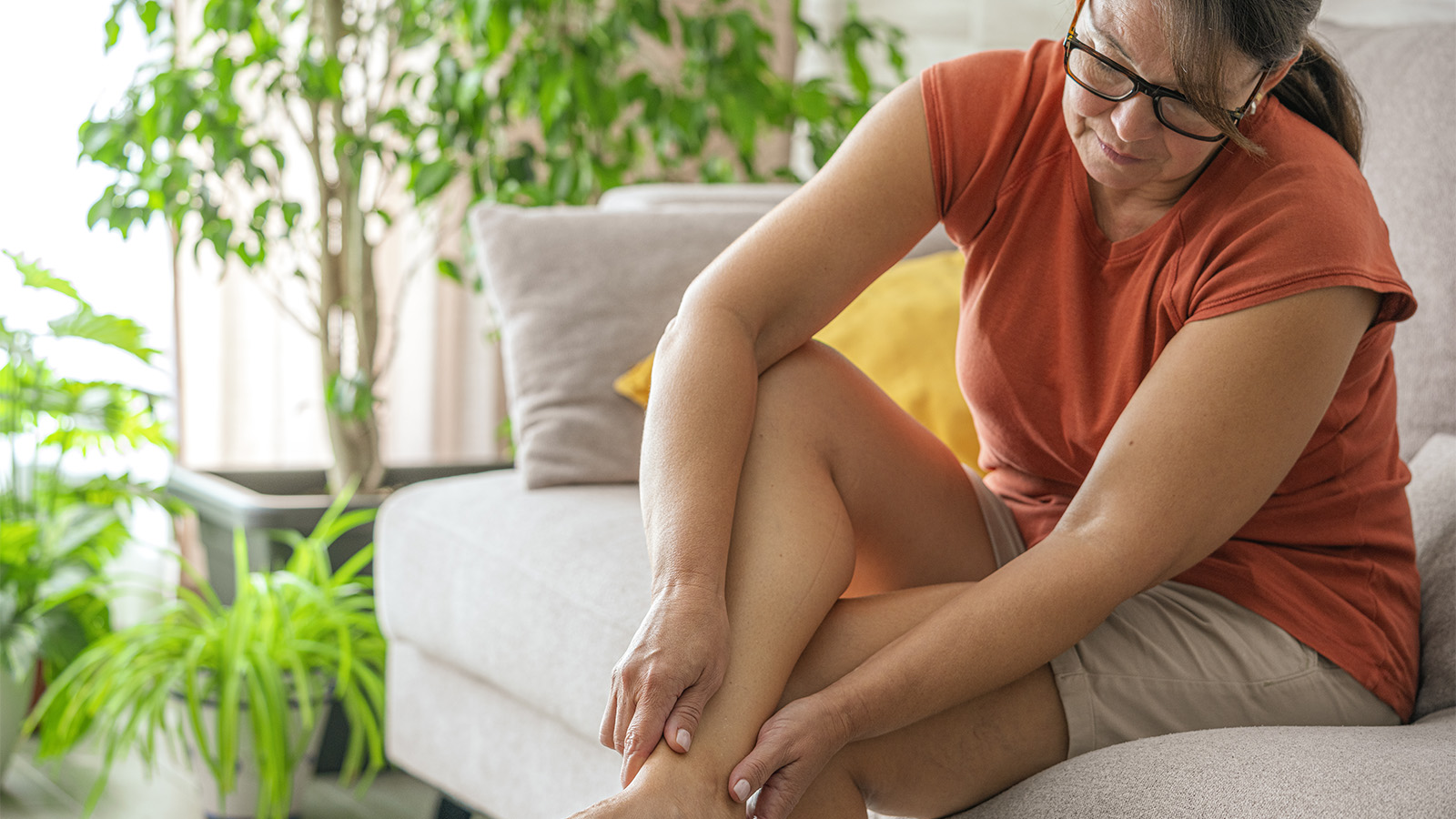
Signs You Should Get Treated For Vein Problems

One New Heart Valve Saves Two Lives in the Tritten Family

What You Need to Know About Heart Failure
Lung Valve Surgery Relieves COPD, Emphysema Symptoms

Lung Screening, Robotic Technologies Get Pat Kicking Up Her Boots Again

Breast Cancer Diagnosis Inspires Catherine to Help Others

Jasmine’s On-Air and Pain-Free After Gallbladder Surgery
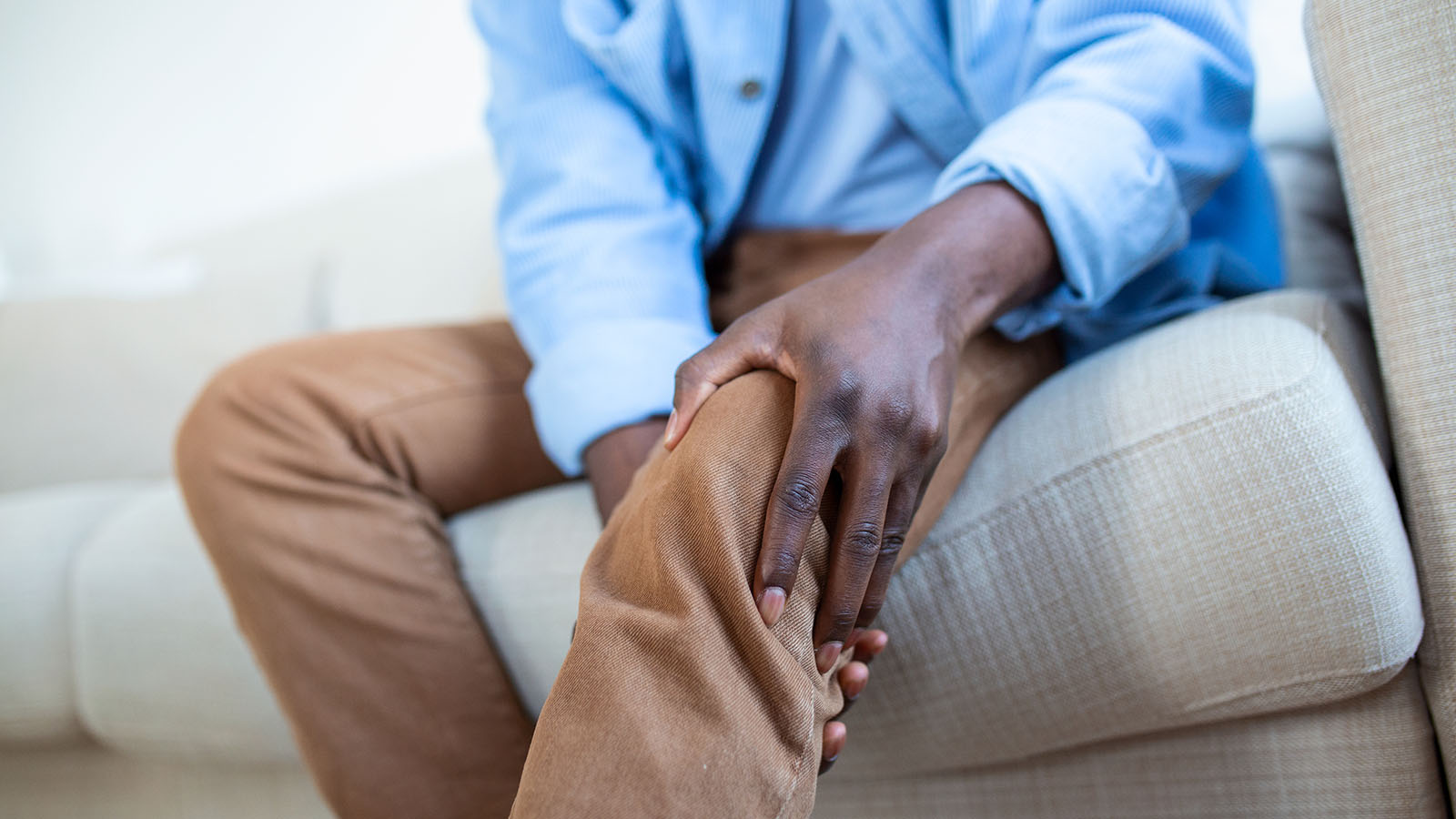
When Should I See a Doctor About My Knee Pain?

Quick Action Leads to Jesse's Recovery From Stroke

A Non-Athlete’s Guide to Shoulder Overuse Injuries
Shoulder problems aren’t limited to athletes. Virtua orthopedic surgeon Sean McMillan, DO, explains shoulder overuse injuries and prevention in this article.
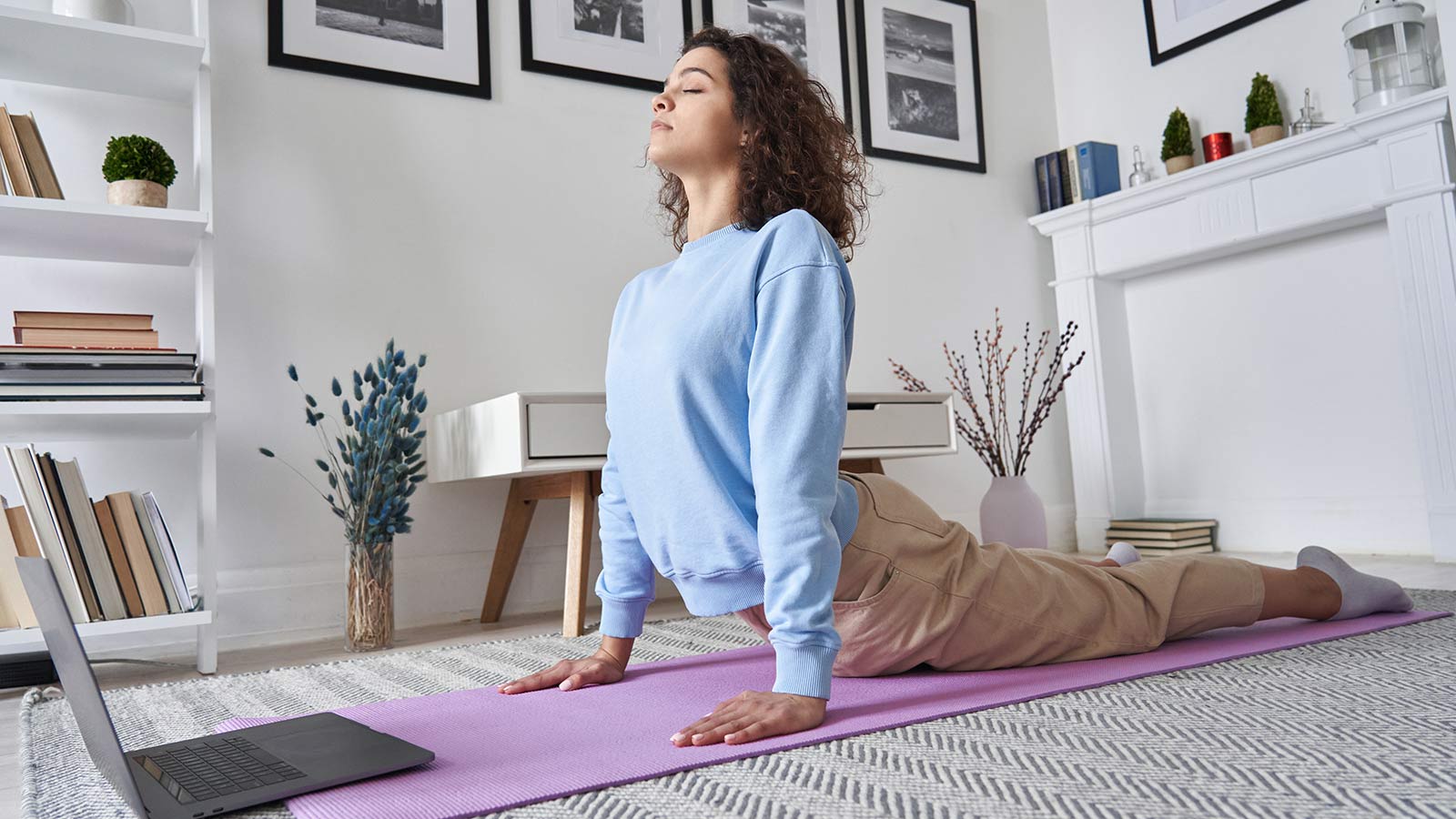
Put Lower Back Pain Behind You With This Ten-Step Guide

Wide-Awake Hand Surgery Speeds Recovery, Puts Control in Patients' Hands

South Jersey Veteran Thrives After Cross-Country Kidney Donation

3 Ways to Avoid Knee Pain
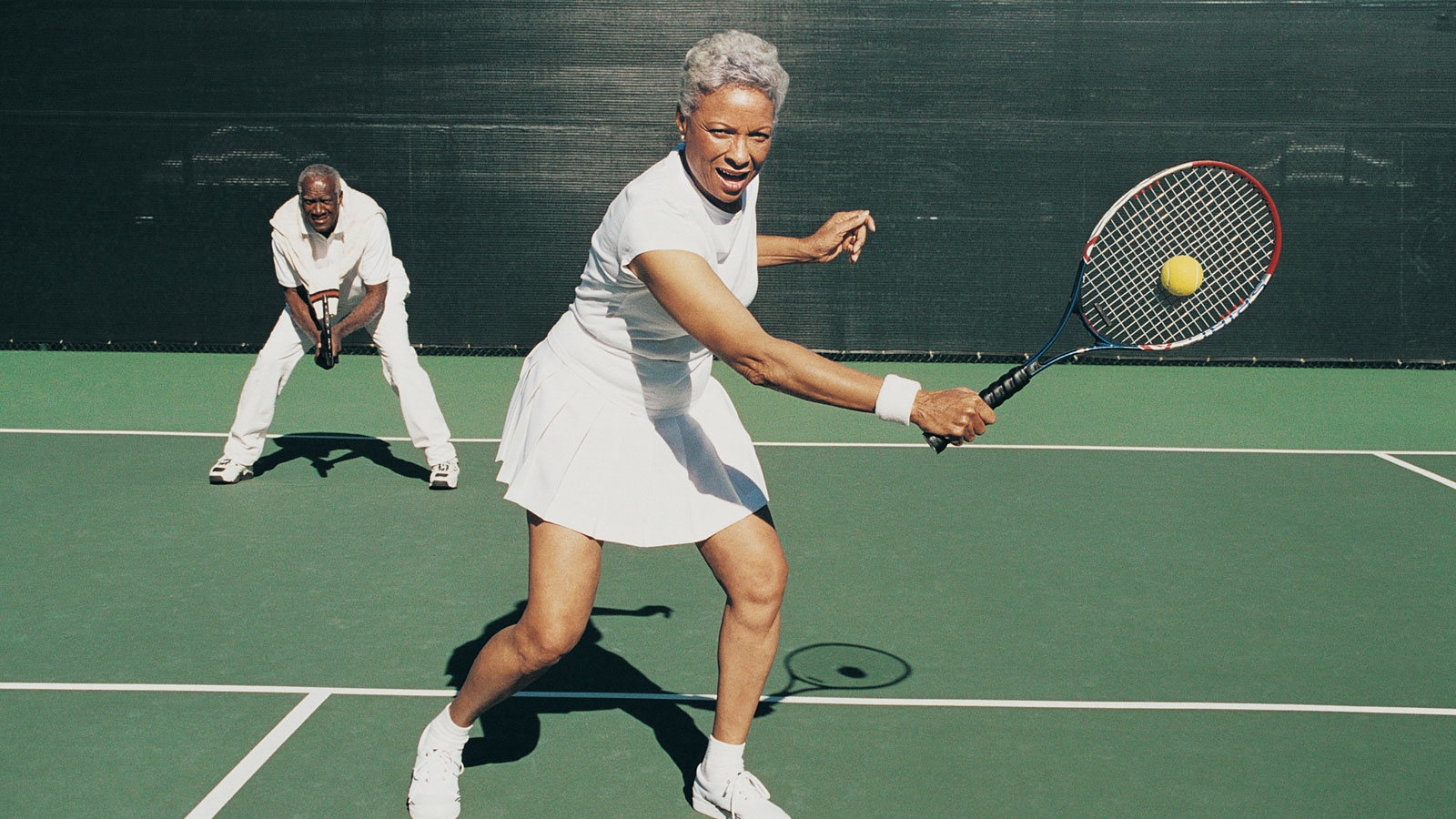
When Should I See a Doctor for My Hip Pain?

When Should I See a Doctor About My Shoulder Pain?
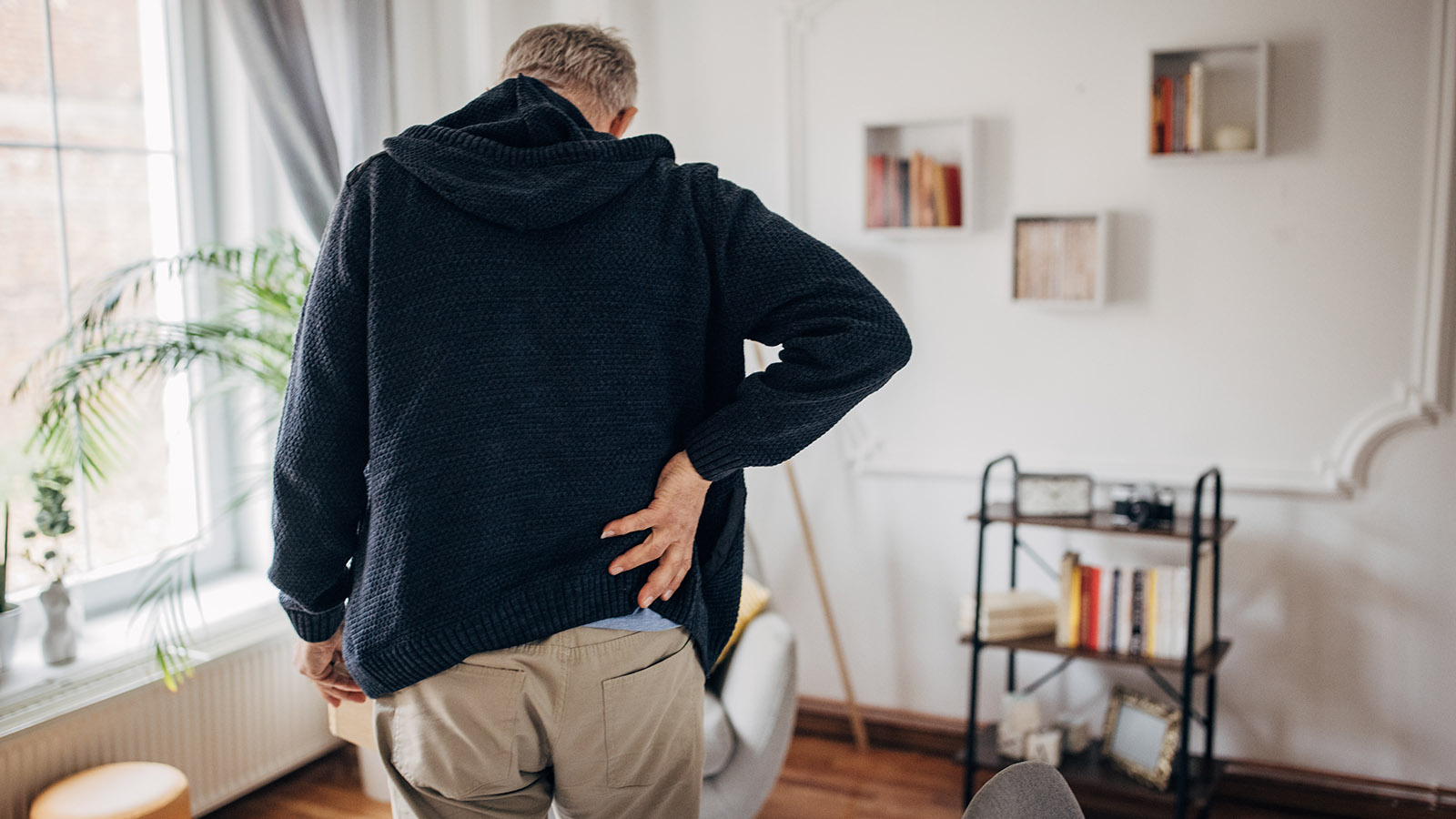
Is My Back Pain Normal, or Is It Sciatica?

Is My Back Pain Normal, or Is It a Herniated Disk?

When Is It Back Pain, and When Is It Something More?

Watchman Heart Device: a Technological Breakthrough for Blood Clot Prevention

Albert's Emergency Cardiac Surgery Is a 'Story of a Lifetime'

What Can I Do Right Now About My Aching Back?

How Do I Get Rid of This Back Pain for Good?

How the Unique Stages of a Womans Heart Affect Her Health

Can Your Gut Health Affect Your Heart?
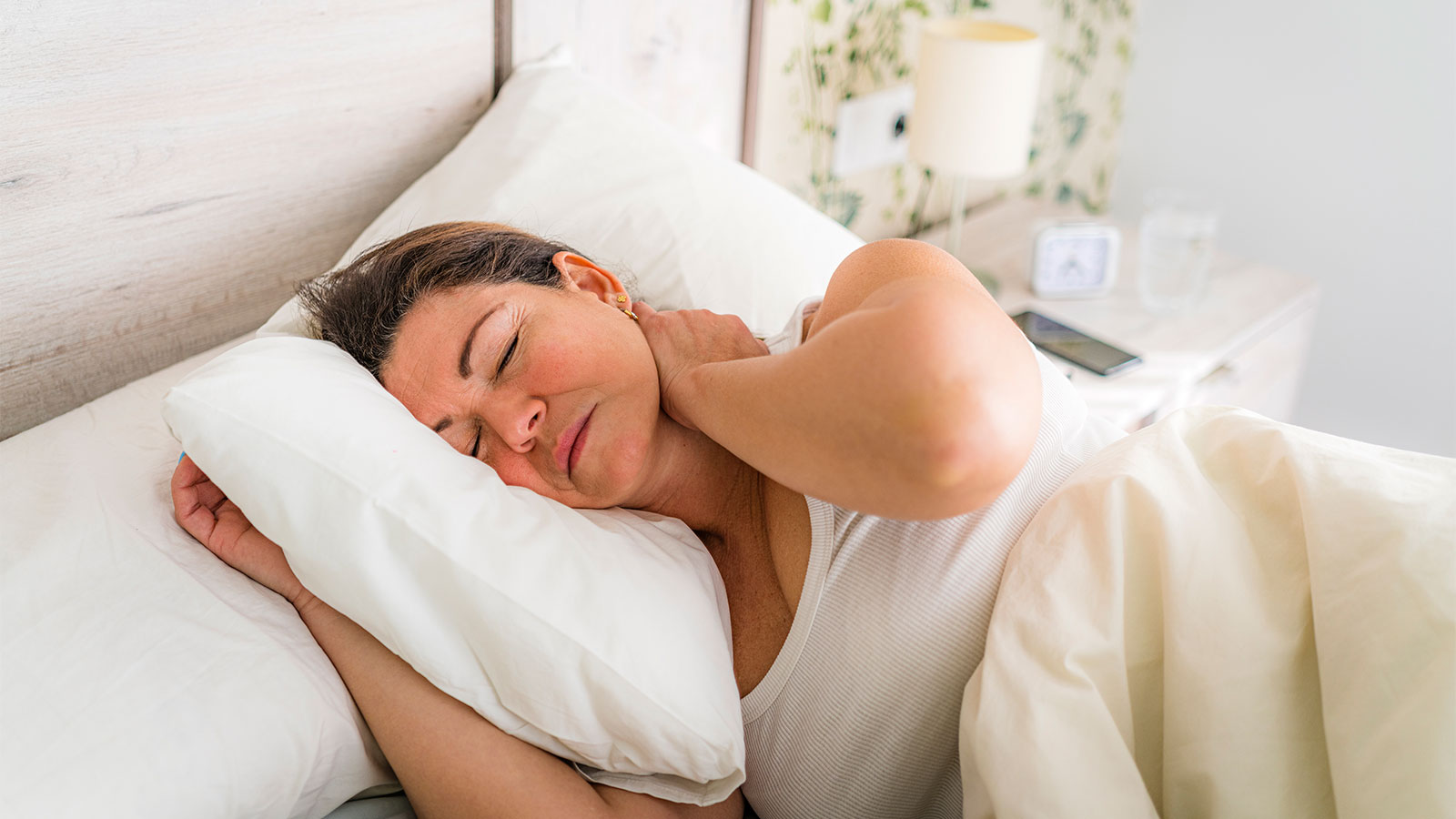
When Should I Be Worried About My Neck Pain?
Advanced Heart Failure Therapies Get Bernadine Back to Full Speed

Sarah Wins Back Her Health After Crohn's Disease Diagnosis

Overcoming Addiction, Philip Now Sees More Positive Side to Life
Firefighter's Successful Lung Cancer Care at Virtua
A Lung Screening Put Teresa Back in the Race

A Breast Self-Exam Saved Kristen's Life

How Sex Keeps You Healthy as You Age

Protect Your Child From HPV and Related Cancers

Why IUDs Might Be The Most Effective Birth Control

5 Things You're Too Embarrassed to Tell Your OBGYN

4 Not-So-Crazy Questions to Ask Your Doctor

Early Treatment is Best to Relieve Hemorrhoid Symptoms

The Top 10 Foods For A Healthy Diabetes Diet

What to Know About Cervical Cancer Screenings

Keeping the Beat: Advanced Heart Surgery for Aortic Aneurysm
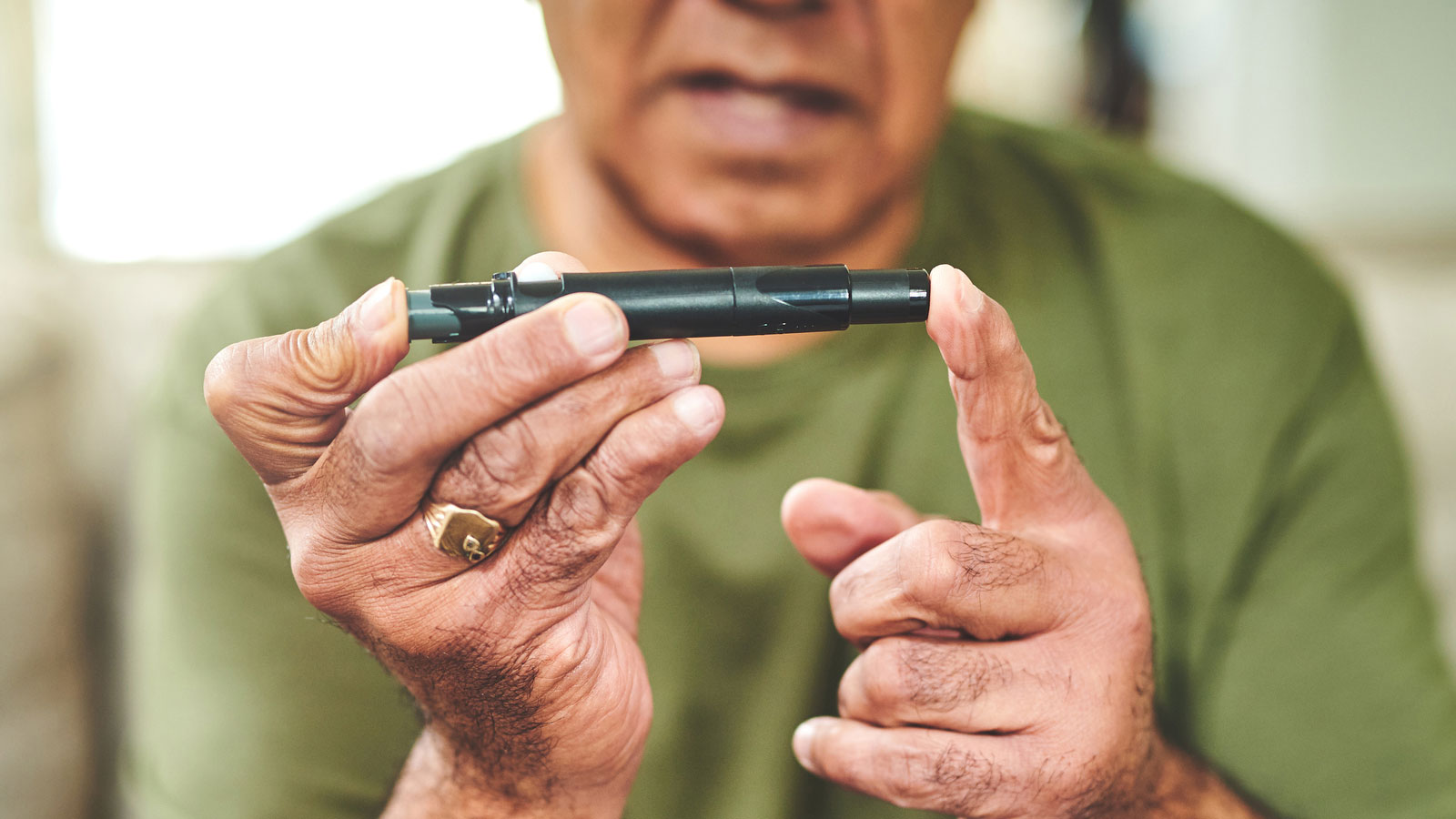
Are You At Risk For Chronic Kidney Disease
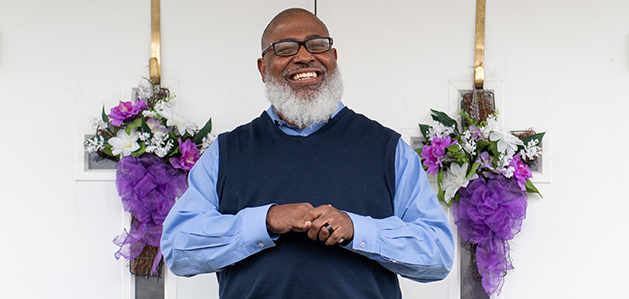
Local Pastor Makes Kidney Health Mission of Ministry

What’s the Difference Between Type 1 and Type 2 Diabetes?

All for Bear: Dan Loses Weight to Be His Son’s Kidney Donor

Augmented-Reality Surgery Has Bobby Back on Stage, Rocking His New Hip

Hyperbaric Wound Therapy Puts Joette Back in Motion
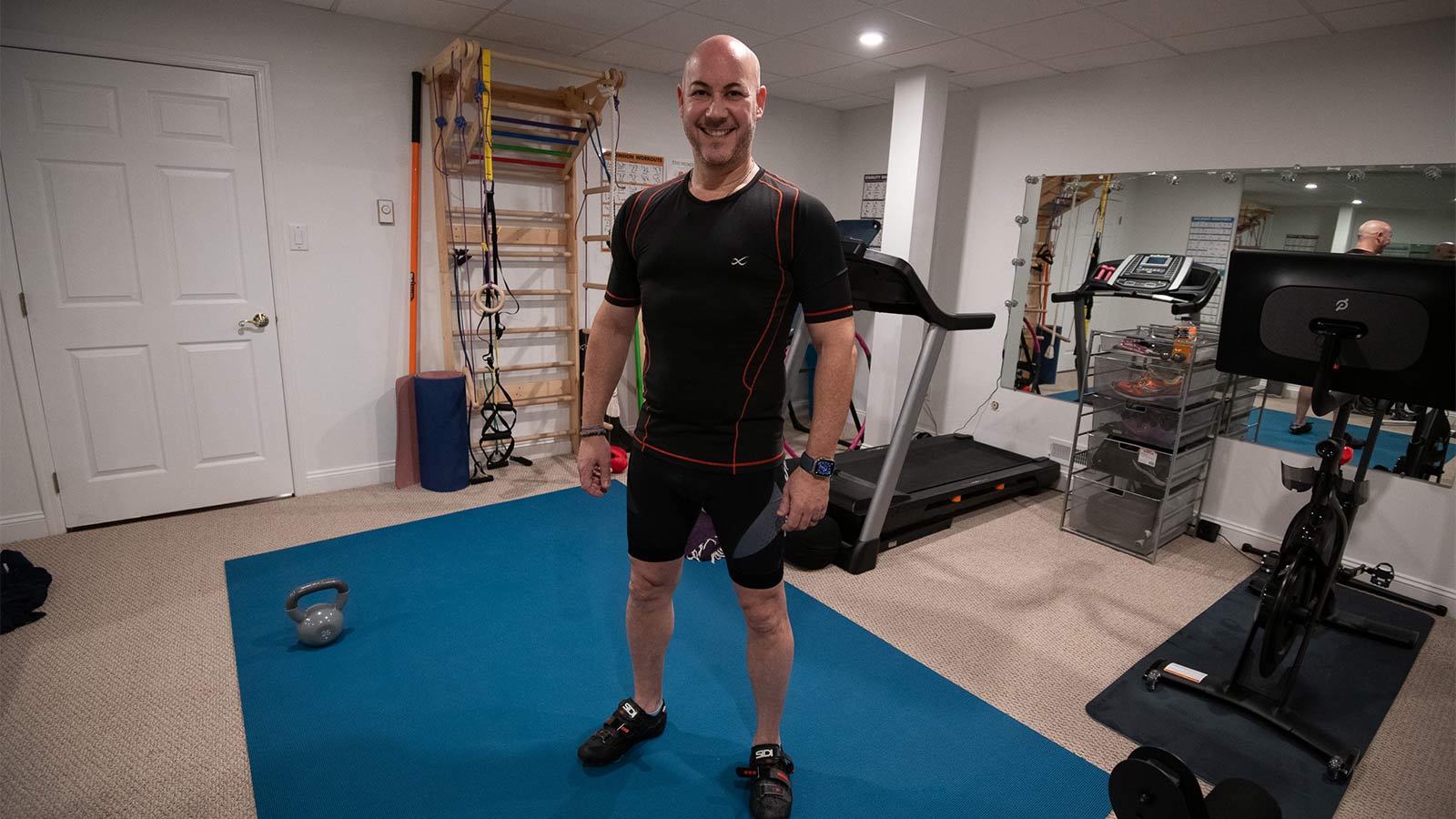
Robotic Hernia Repair Renews David's Active Lifestyle

